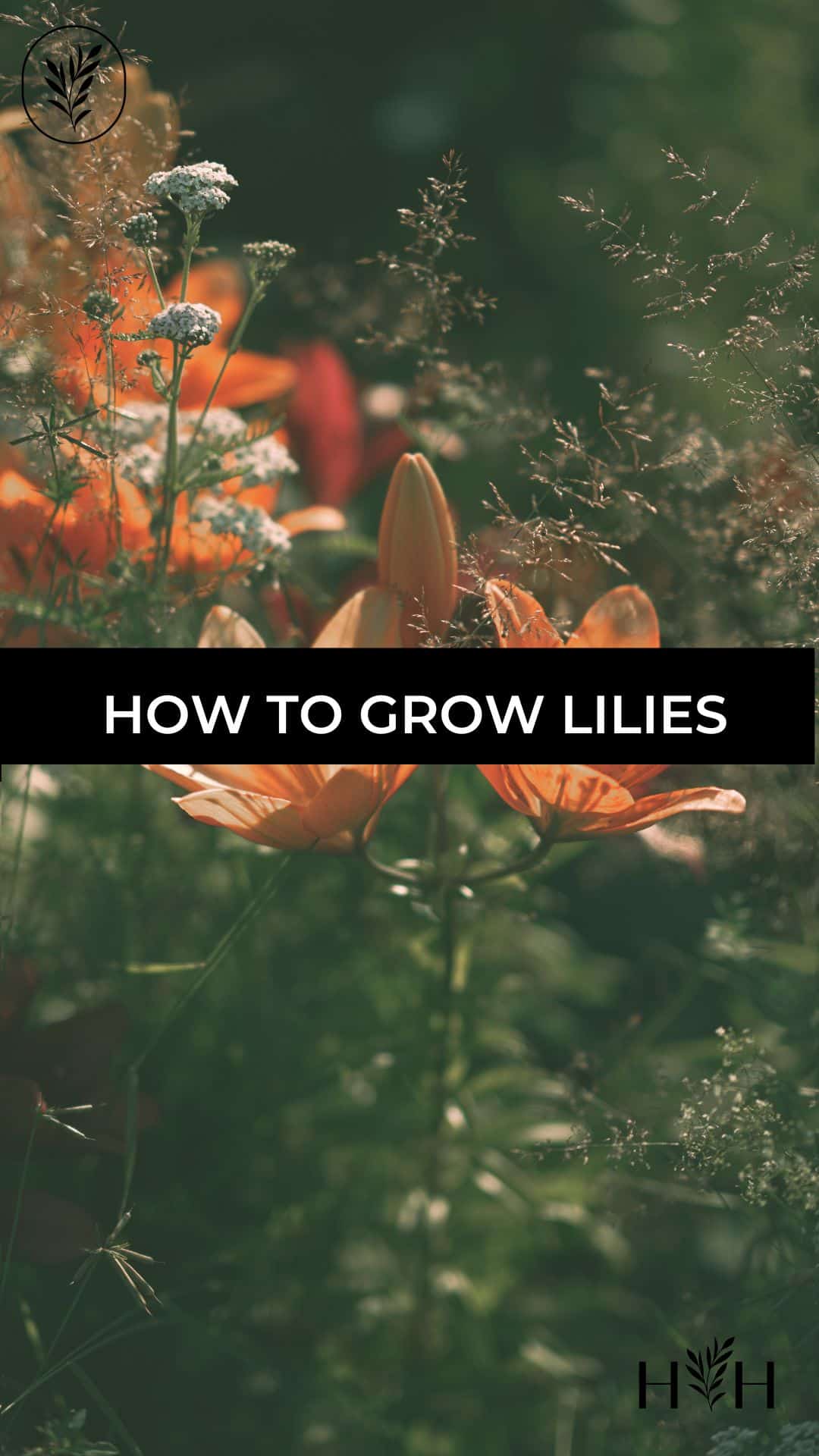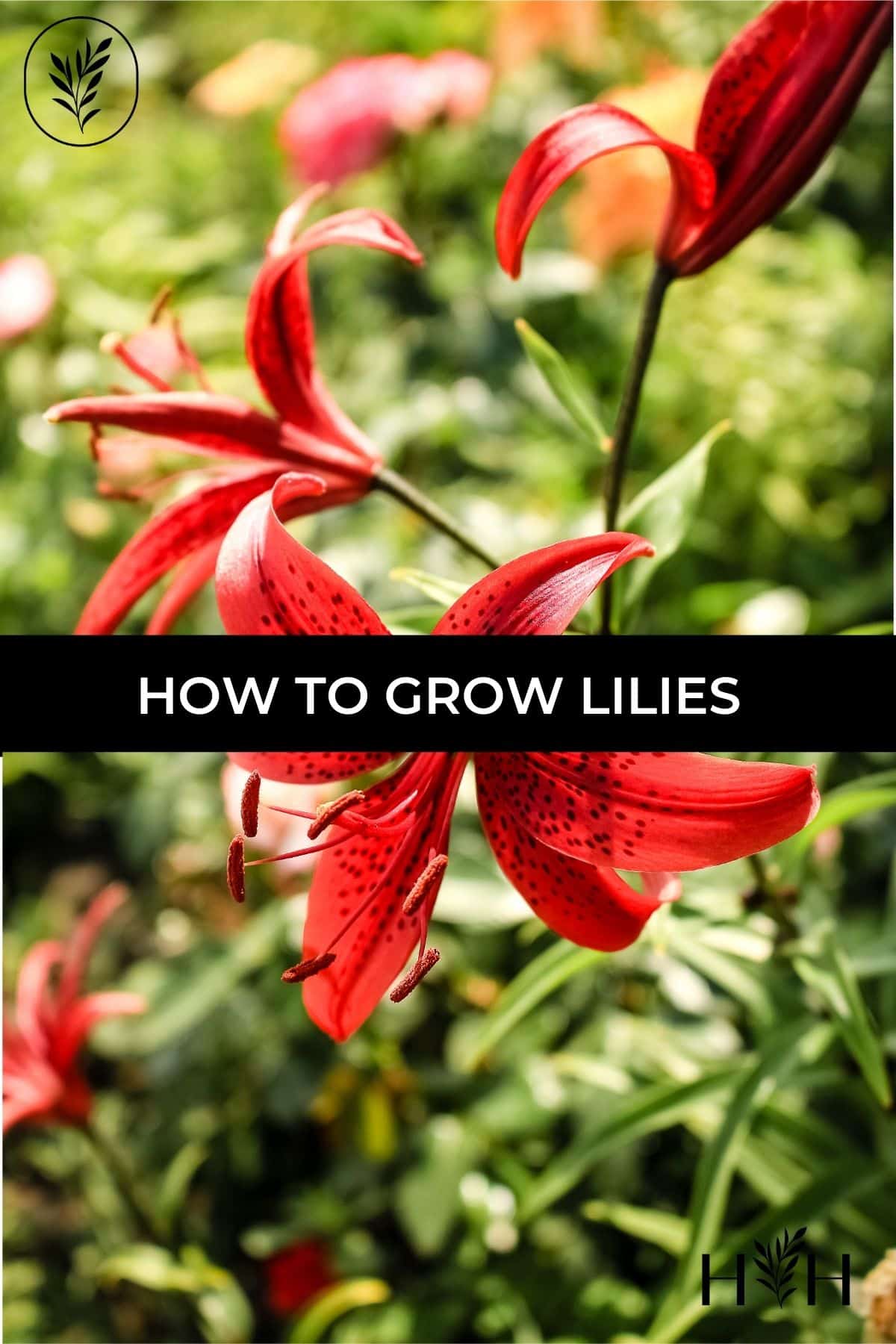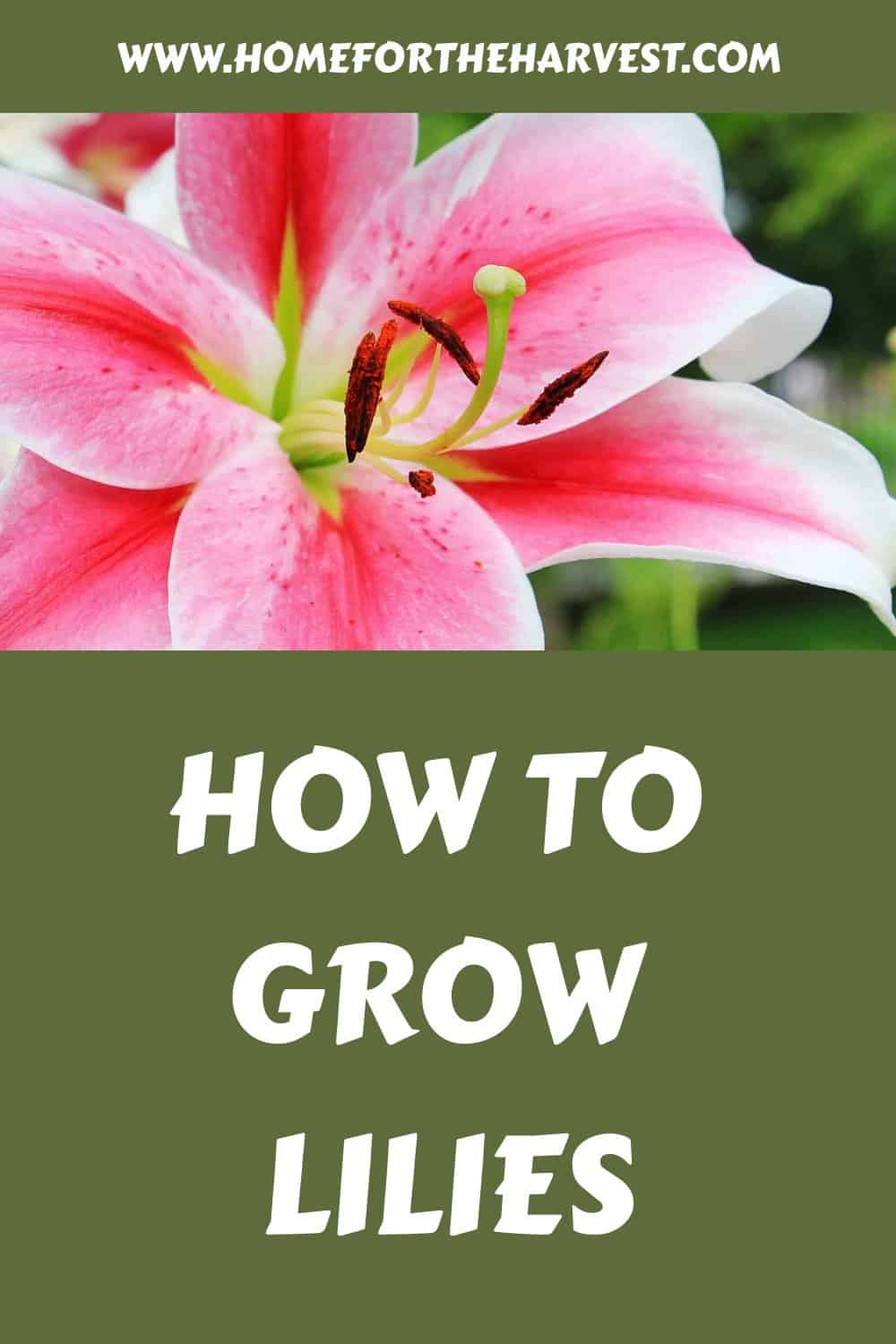If you’re looking to add a splash of color and fragrance to your garden, growing lilies is an excellent way to do it! With their beautiful trumpet-shaped blooms in shades from white through pink and red, there’s no better flower for adding beauty.
To grow lilies, start by choosing varieties you like, such as either dormant bulbs or potted plants, at the garden center. Plant them in a sunny area where water drains from the soil easily, and mulch the soil surface with organic compost. Snip the flower heads off after they bloom, and then cut down the whole plant in late fall or early spring.
So if you want gorgeous flowers that are easy enough for anyone to manage – read on and learn how to grow lilies!
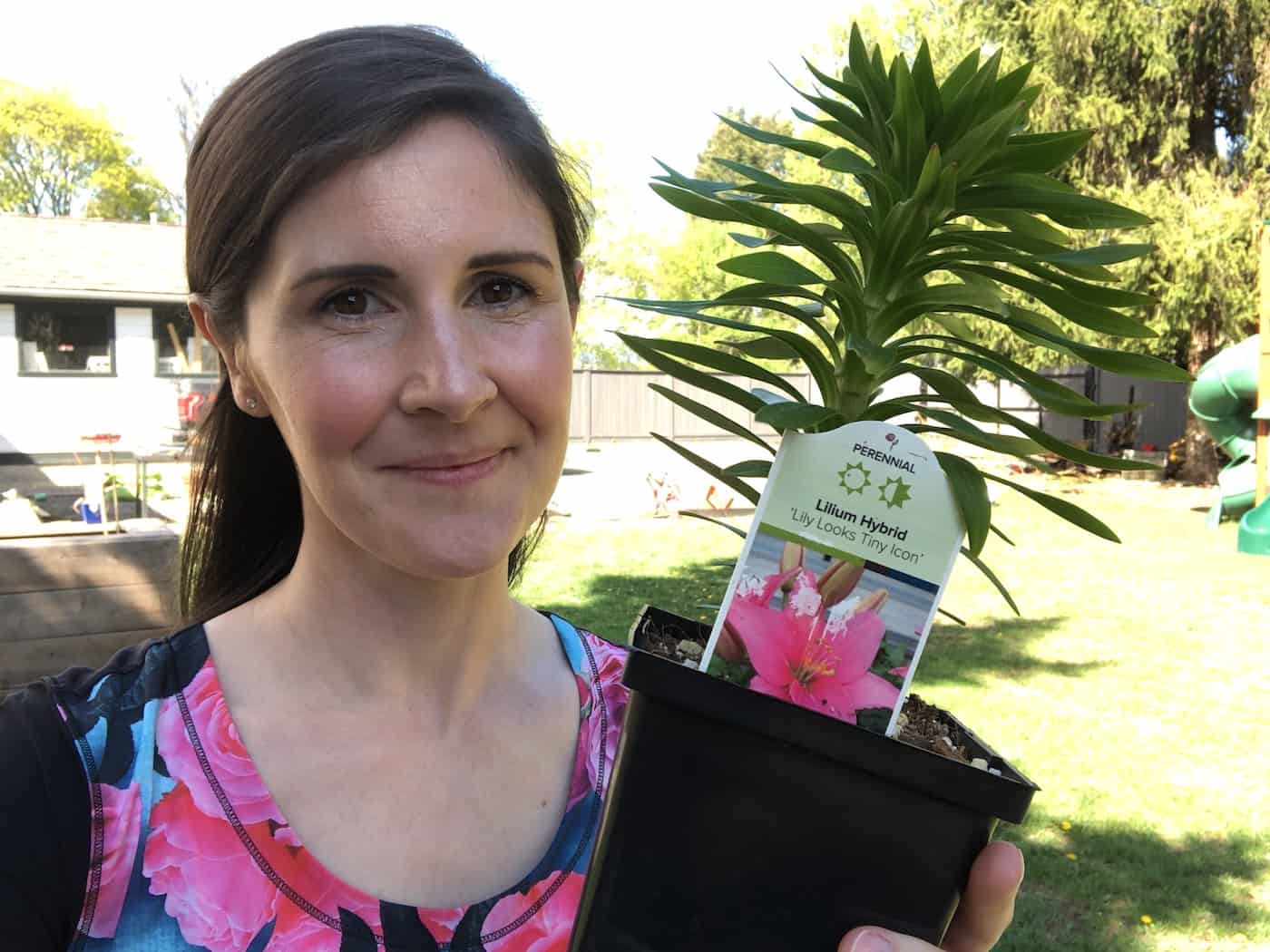
How to grow lilies
Lilies are beautiful and fragrant flowers that can be grown in many different climates. They come in a variety of colors, shapes, and sizes, making them perfect for any garden. Growing lilies is relatively easy with the right conditions and care.
There are so many different types of lilies you can grow! Here are some favorites to try:
- Tiger lily
- Asiatic lily
- Oriental lily
- Easter lily
- Canada lily
- Martagon lily
- Madonna lily
- Trumpet lily
And within each of the types above, there are usually many varieties! Some of the most popular lily varieties include the Stargazer lily and the Forever Susan lily.
Lily plants need plenty of sun and well-drained soil to thrive. If you live in an area with hot summers, choose types that are more tolerant of heat, such as Asiatic or Oriental lilies. Plant your lily bulbs or plants in late fall or early spring when temperatures are cool but not freezing.
Once your lily plants start sprouting in the spring, fertilize using an organic fertilizer specifically formulated for flowers. This will help promote healthy growth throughout the season until blooming begins later on in the summertime. Be sure not to overfertilize, as too much nitrogen can cause leggy stems instead of strong ones, which won’t support large flowers very well once they bloom later on down the line.
It’s important to keep an eye out for pests such as aphids or slugs, which may try to feed off your lily plants’ foliage – use insecticidal soap sprays regularly if needed, but always check labels first before applying anything directly onto the foliage itself. Also, watch out for diseases like botrytis blight which can cause brown spots on leaves – remove affected parts immediately if spotted so it doesn’t spread further into nearby areas.
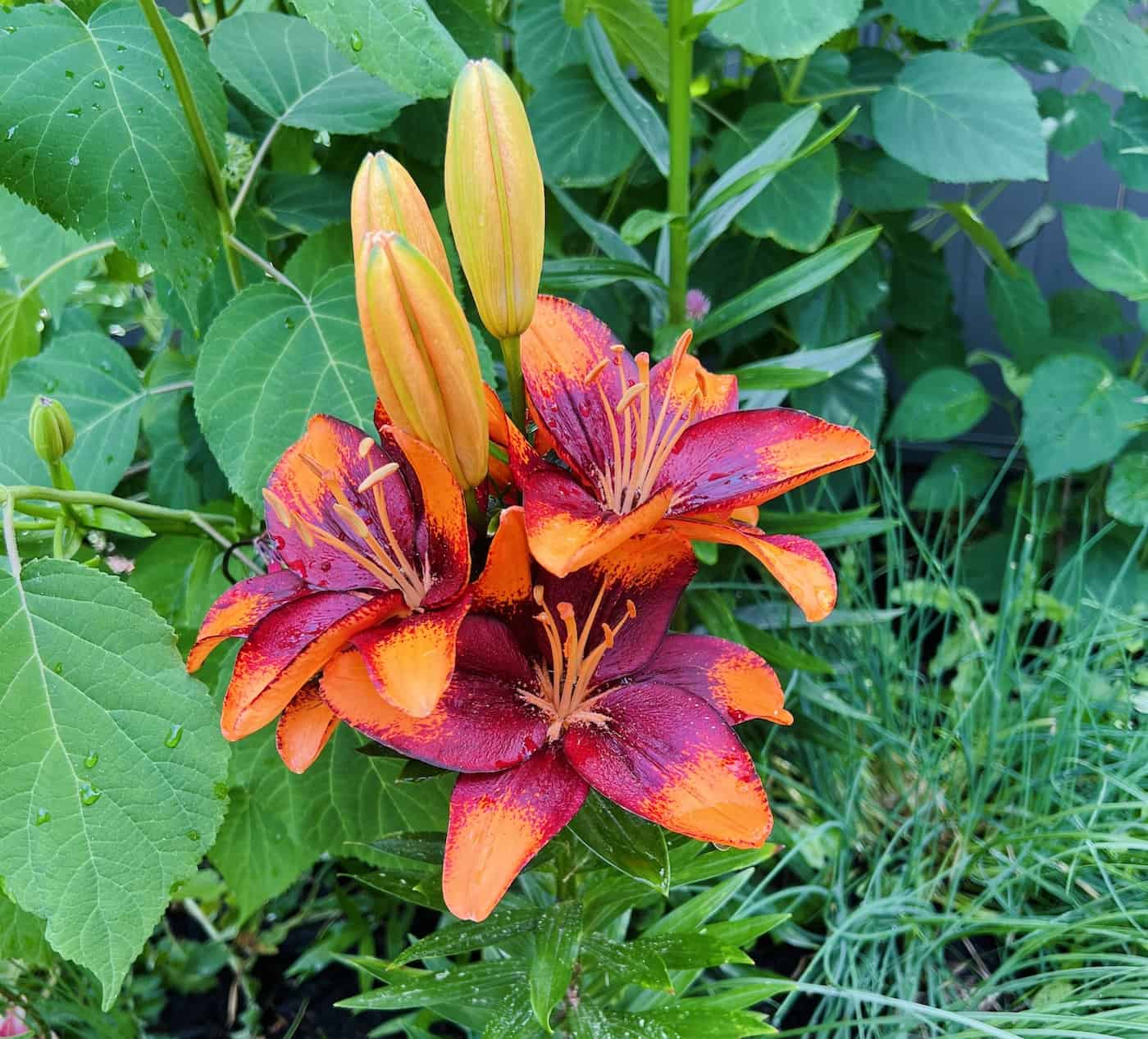
Ideal growing conditions for lily plants
They prefer full sun but will tolerate some shade. The ideal temperature range for lily plants is between 60-75 degrees Fahrenheit (15-24 Celsius). Lilies require well-draining soil with plenty of organic matter to thrive.
A pH level of 6.5 – 7 is best for lilies, so if your soil isn’t quite right, you may need to adjust it by adding lime or sulfur as needed. That said, these plants aren’t too particular and can usually be grown in overly acidic or alkaline soil without too much trouble.
Planting lilies
Lilies are easy to grow, but they do require some special care. Here’s what you need to know about planting lilies for the best results.
The best time of year to plant lilies is in early spring or late fall when temperatures are cooler and there is plenty of rain. In warmer climates, it may be possible to plant in mid-summer as well. You can plant either bare lily bulbs or plant a potted starter plant.
Choose an area that gets at least 6 hours of direct sunlight each day. Make sure the soil drains well and has plenty of organic matter, such as compost or peat moss mixed into it before planting. If you have heavy clay soil, consider adding sand or perlite for better drainage.
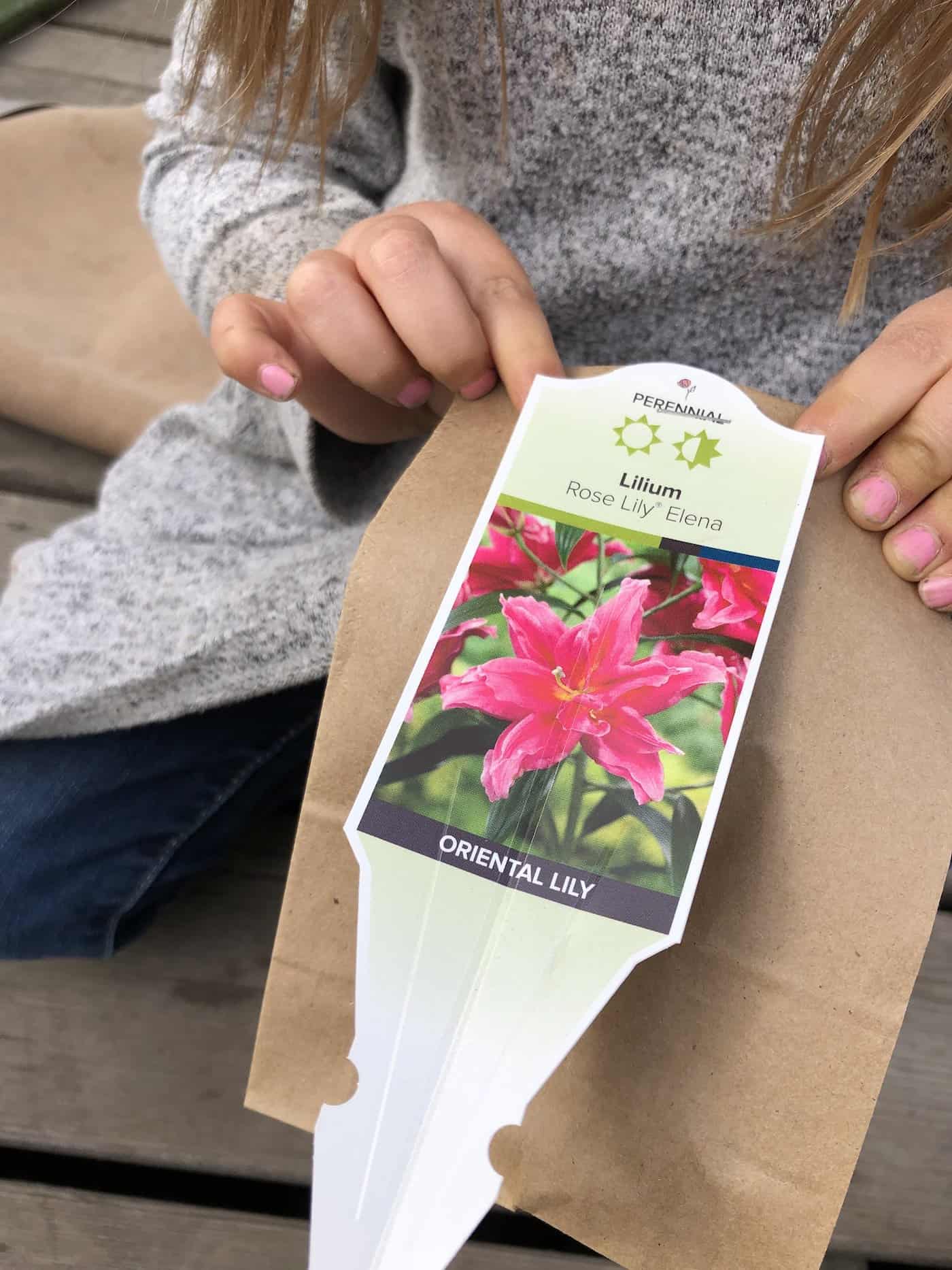
You can plant lilies from potted plants or from dormant bulbs. To plant potted lilies, dig a hole twice as wide and just as deep as the root ball. To plant lily bulbs, dig a hole about 3 times as deep as the bulb is wide. Place the bulb in the hole with its roots pointing down, then cover with soil. Water well to settle the soil and moisten the bulb.
Once planted, mulch around your lily plants with straw or bark chips for extra insulation against cold weather extremes during winter months if needed in colder climates; this will also help retain moisture levels throughout summer months too. Feeding regularly with a balanced fertilizer can help healthy growth all season long – make sure not to over-fertilize (follow package directions).
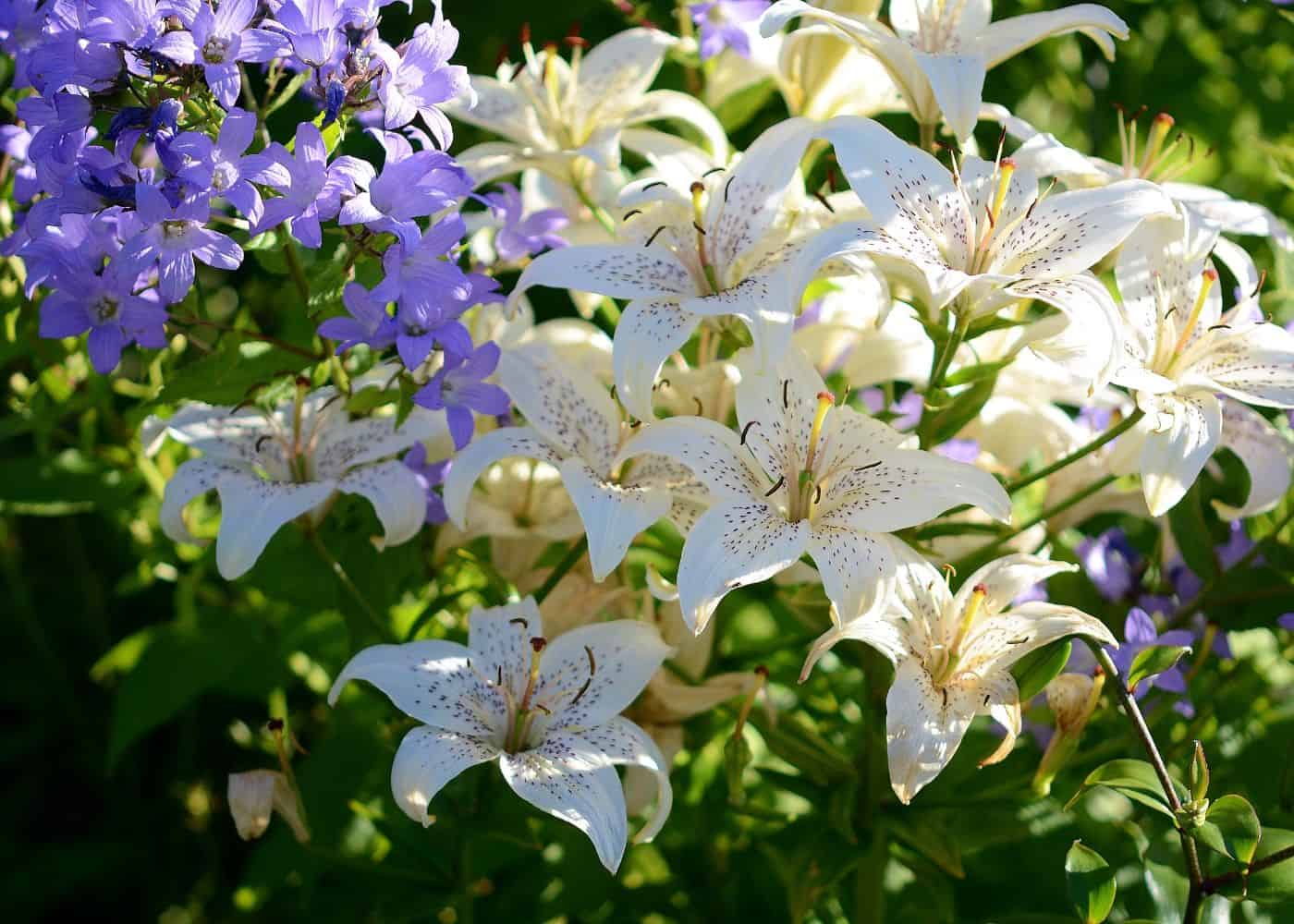
Watering your lily plants
Watering lilies is essential for their health and growth. The amount of water needed will depend on the variety of lily, as well as the climate in which it’s grown. In general, most lilies need to be watered regularly and deeply throughout the growing season.
In hot climates, they may need watering every day or two during dry spells; in cooler climates, once a week should suffice. When you water your lilies, make sure that you soak them thoroughly until moisture reaches the roots at least 8 inches below the surface. If possible, use drip irrigation or soaker hoses to ensure even coverage and avoid wetting foliage unnecessarily.
It’s important not to let soil become too completely dry between waterings; if this happens, it can cause buds to drop off before they open properly or leaves to yellow prematurely. On the other hand, overwatering can also lead to root rot and other problems with your plants’ health – so keep an eye on soil moisture levels and adjust accordingly.
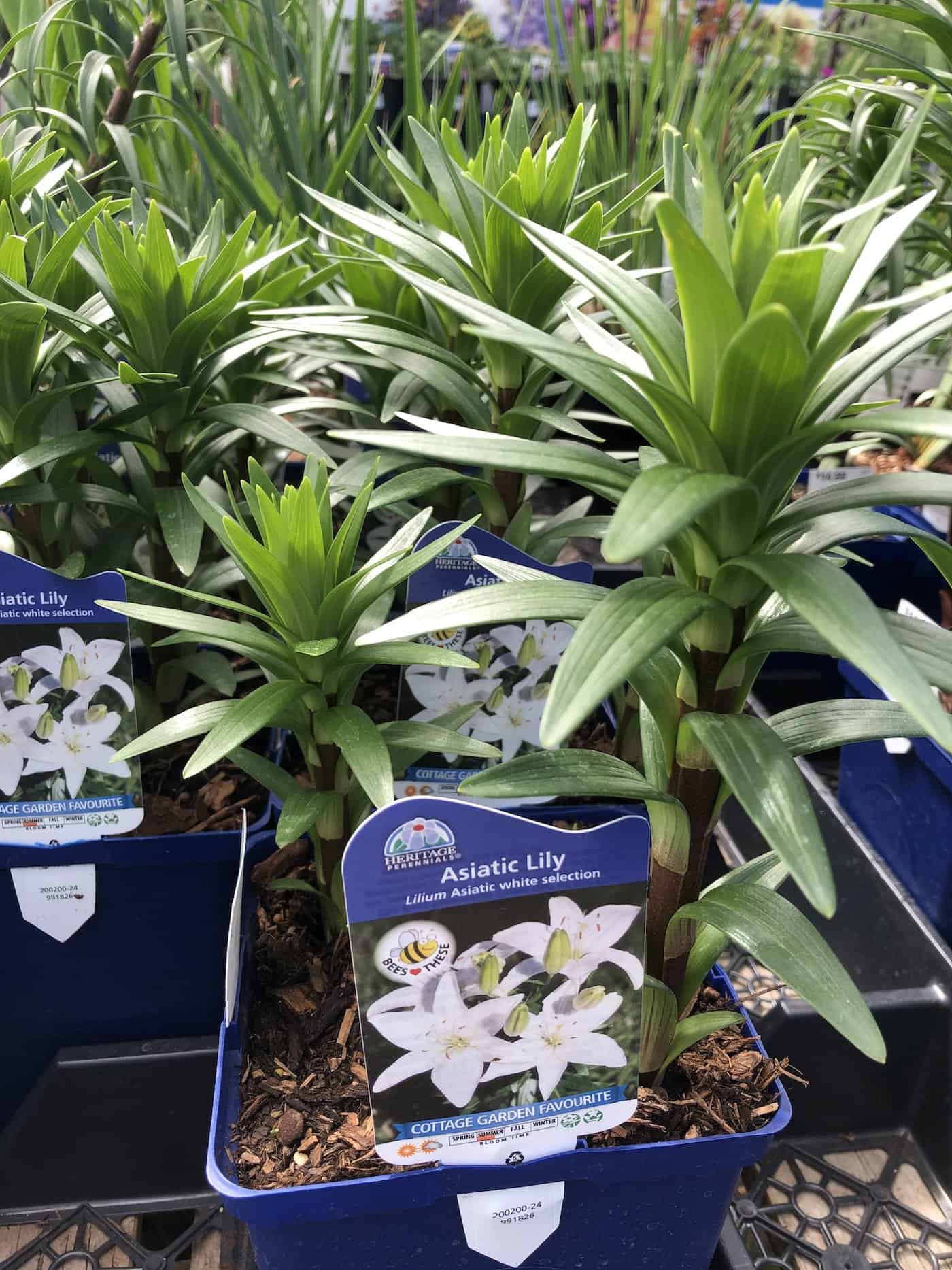
If rainfall is sufficient in your area (at least 1 inch per week), then supplemental watering may not be necessary unless there are extended periods without rain – but always check soil moisture levels before deciding whether additional watering is required. Additionally, mulching around your plants can help retain moisture in hotter weather by reducing evaporation from exposed soil surfaces.
Finally, remember that newly planted bulbs require more frequent watering than established ones do – usually about twice a week – until they become established enough to adhere to normal care requirements.
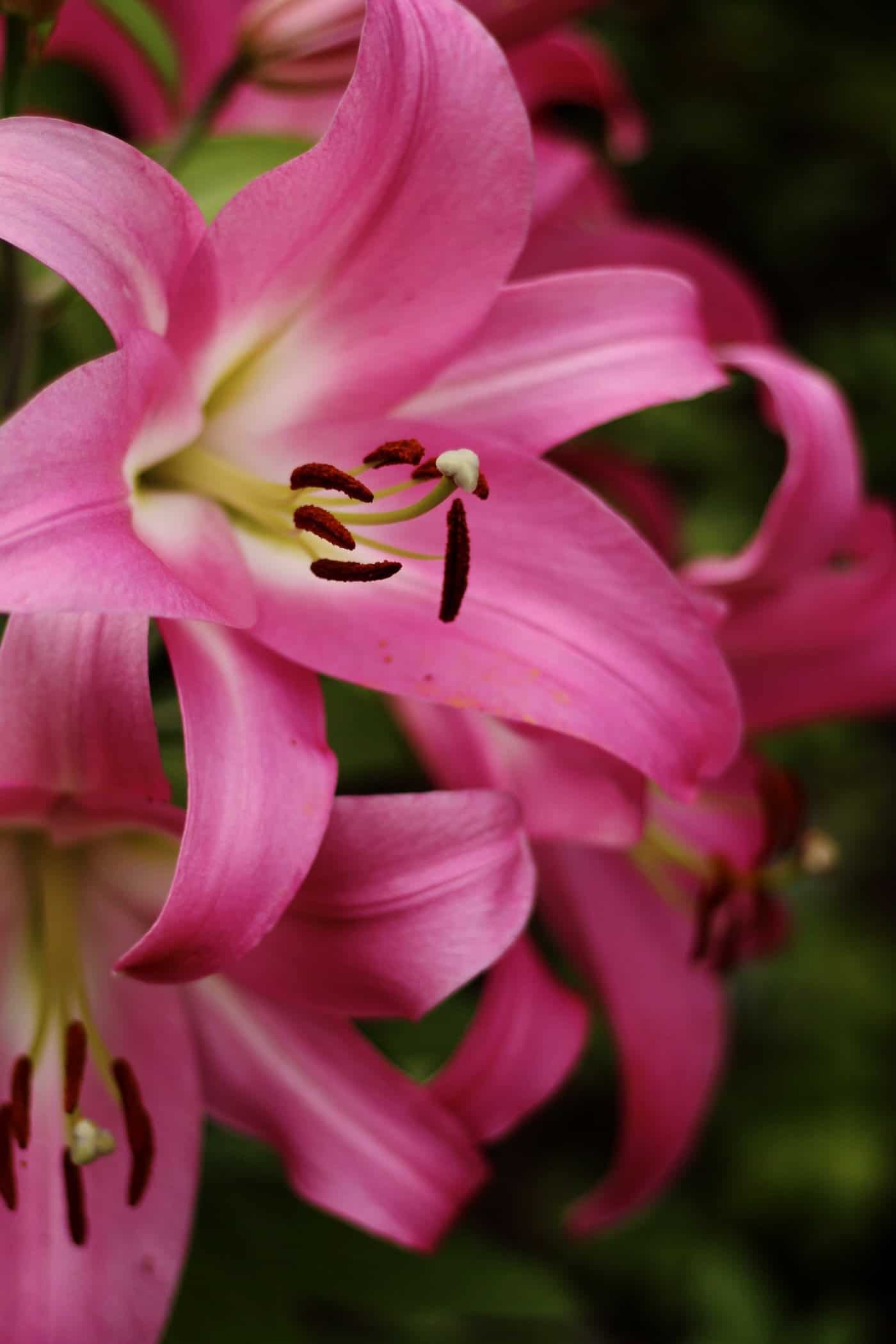
Fertilizing lily plants
Fertilizing is an important part of caring for lilies. The right type and amount of fertilizer can help ensure healthy growth and beautiful blooms.
The best fertilizer for lilies is a balanced, slow-release formula with a balanced NPK ratio. This will provide the essential nutrients needed to promote strong root development, lush foliage, and abundant flowers.
Lily plants should be fertilized every two weeks during the growing season (spring through fall). For potted lilies, use one teaspoon per gallon of potting soil when applying fertilizer; for garden beds, apply one cup per 25 square feet of planting area at each application. Water thoroughly after fertilizing to help the nutrients reach the roots more quickly.
It’s also important to avoid overfertilizing as this can cause leaf burn or other damage to your plants. If you notice any yellowing leaves or stunted growth on your lilies it could be a sign that they’ve been overfertilized – in which case you should reduce the amount used in future applications until symptoms improve again.
Fertilizing your lilies regularly is essential for healthy growth and blooming, so be sure to give them the nutrients they need. Now let’s look at pruning and deadheading for even better results.
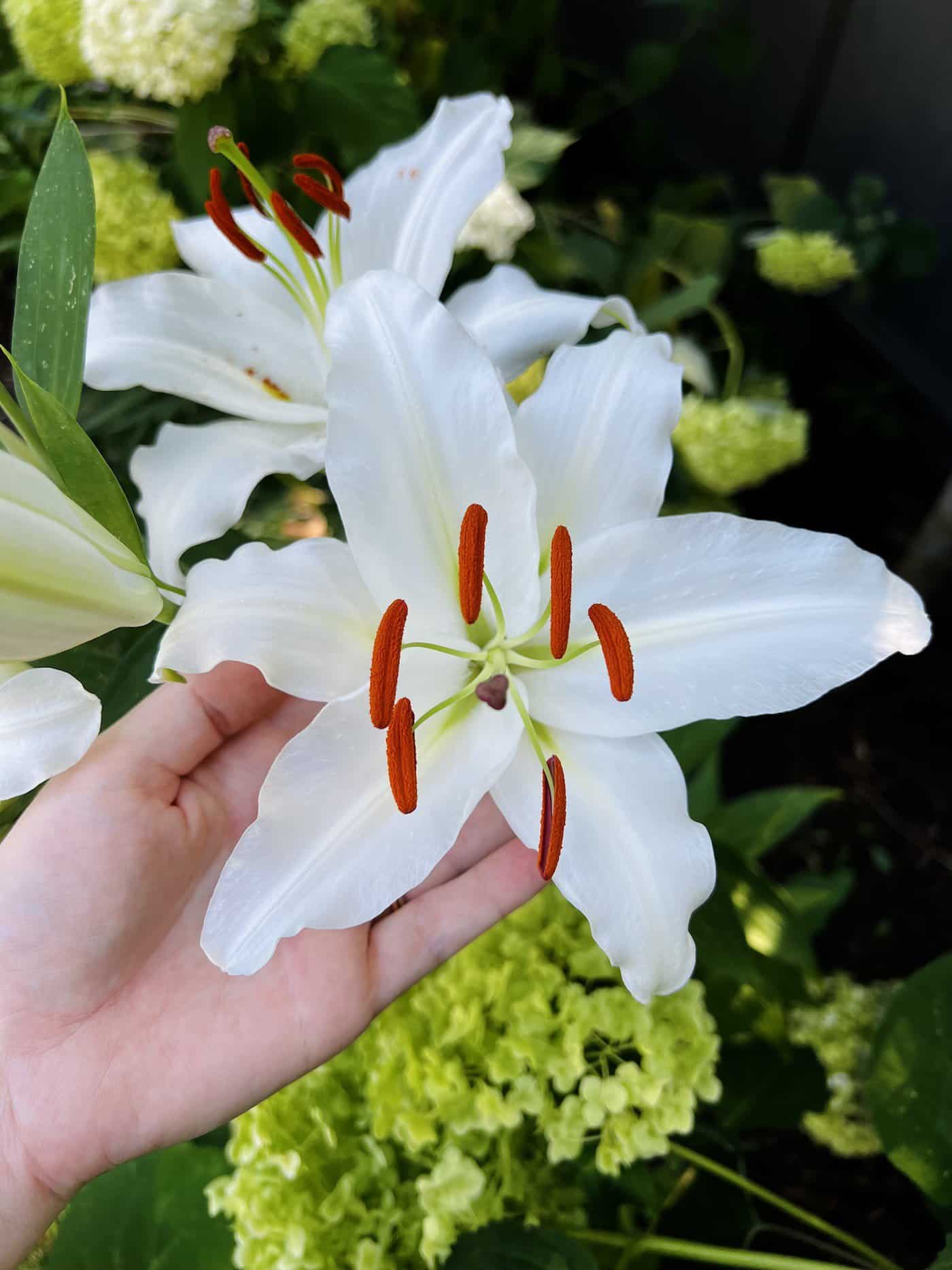
Pruning & deadheading lilies
Pruning and deadheading are important for lily health. Pruning helps to promote healthy growth, while deadheading removes spent flowers that can prevent new blooms from forming. It is best to prune in the early spring before any new growth appears. This will help ensure that you don’t accidentally remove any buds or stems with potential for flowering later on in the season. When pruning, use sharp shears and make sure to cut back only a few inches at a time so as not to shock the plant too much.
Deadheading should be done regularly throughout the growing season by removing faded or wilted flowers as soon as they appear. This encourages more blooms since it prevents plants from expending energy on producing seeds instead of flowers. To deadhead, snip off the flower stem just below where it attaches to another branch or leaf node using sharp scissors or garden clippers.
Pruning and deadheading are essential steps in caring for lilies, as it helps to promote healthy growth and prevent disease. Now let’s take a look at how to identify and treat pests and diseases that may affect your lily plants.
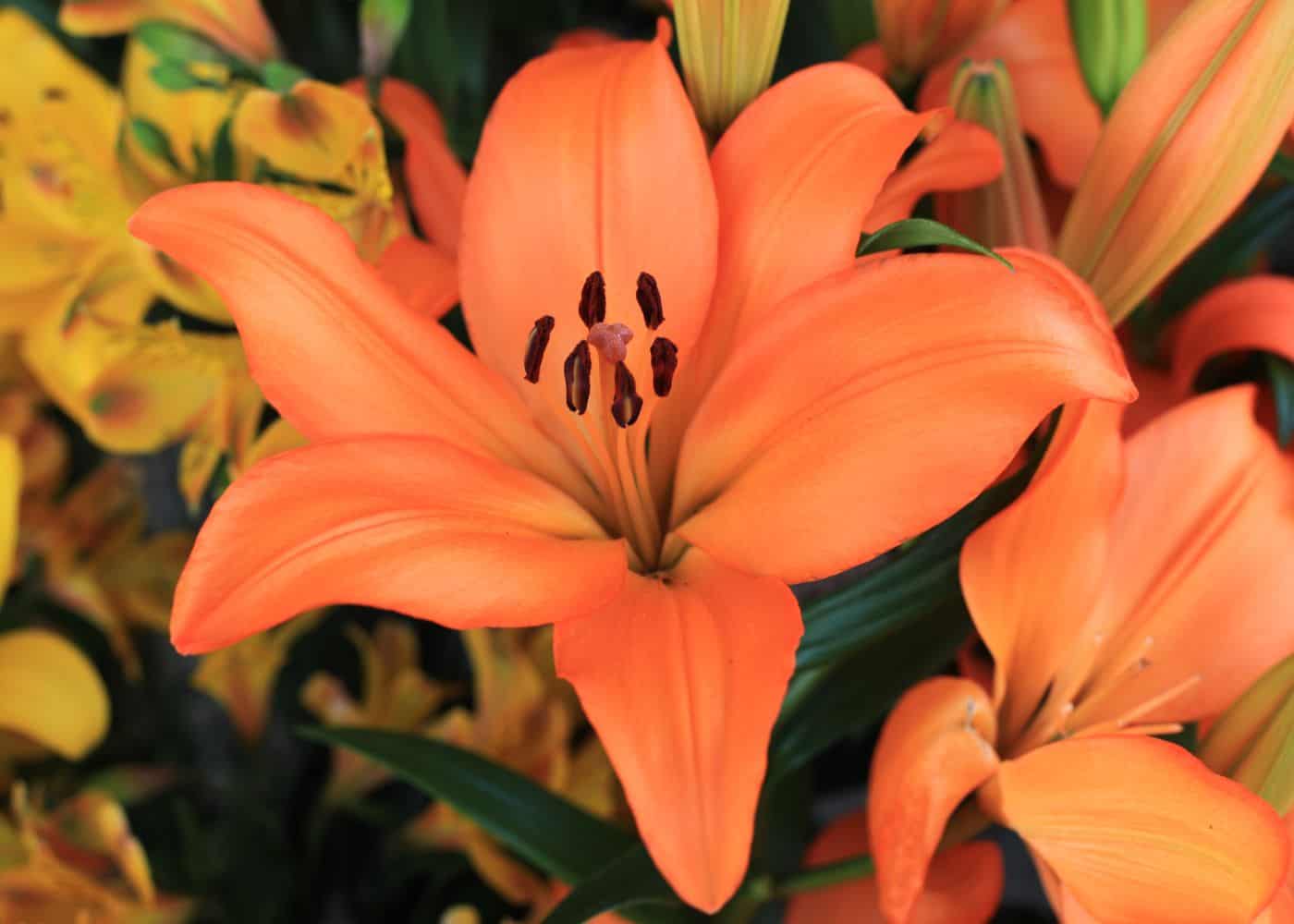
Pests & diseases affecting lily plants
Pests and diseases can be a major problem for lily plants, but with proper care and maintenance, you can keep them healthy. Common pests that affect lilies include aphids, thrips, spider mites, slugs and snails. Aphids are small insects that feed on the sap of the plant’s leaves and stems. Thrips are tiny flying insects that suck the juices from flowers or buds. Spider mites spin webs around leaves to protect themselves while they feed on plant sap. Slugs and snails will eat holes in the foliage of your lilies as well as other garden plants if left unchecked.
The best way to prevent these pests is by keeping your garden clean; remove any dead or decaying material regularly to discourage them from taking up residence in your flower beds. If possible, use an insecticidal soap spray at least once a week during warm weather months when there is no rain forecasted for several days afterward. This will help reduce their numbers significantly over time without harming beneficial insects like bees or butterflies who may visit your garden looking for nectar sources such as lilies.
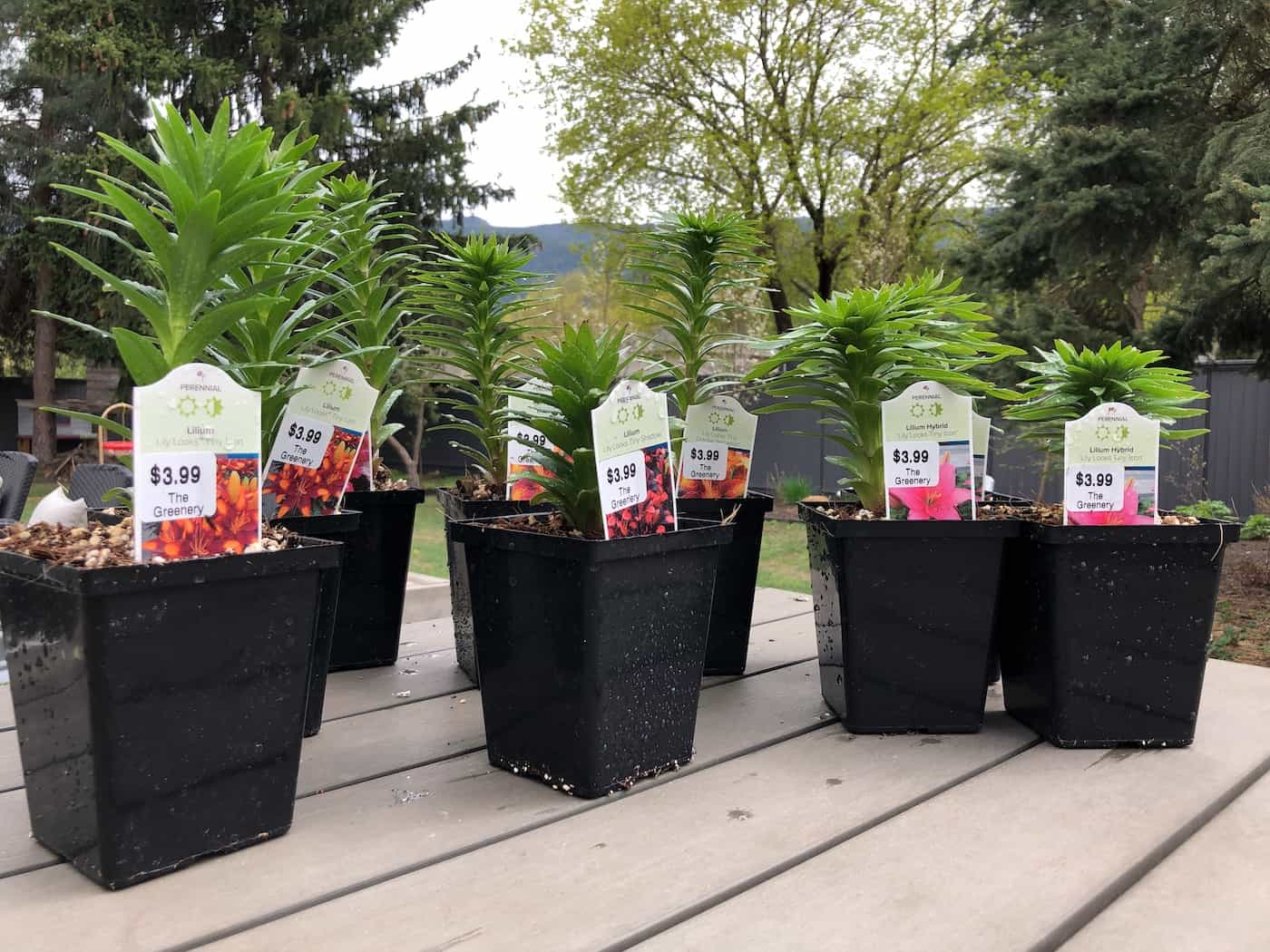
Common diseases affecting lilies include botrytis blight (gray mold), rust fungus, bacterial leaf spot/blight and virus infections like mosaic virus disease (MVD).
Botrytis blight causes grayish spots on petals which eventually turn brown before falling off completely; it is caused by high humidity levels combined with cool temperatures so make sure not to water too much during cooler months.
Rust fungus appears as orange spots on both sides of leaves while bacterial leaf spot/blight produces dark lesions surrounded by yellow halos – both require removal of affected parts followed by application of fungicides such as copper sulfate solution every two weeks until symptoms disappear completely.
MVD affects all parts of the plant including roots so it’s important to check regularly for signs like stunted growth or discolored foliage before treating with an appropriate pesticide according to label instructions provided by the manufacturer(s).
Finally, enjoy caring for your lily plants. Regularly inspect them for signs of pest infestations or disease problems and take action quickly if needed – prevention is always better than cure when it comes to gardening. Deadhead spent blooms after flowering has finished.
Fertilize lightly twice a year using organic fertilizer formulated specifically for bulbs such as those containing bone meal or blood meal mixed into composted manure. This will provide essential nutrients required throughout their growing season, ensuring beautiful blooms each year.
Pests and diseases can be a major concern when growing lilies, so it’s important to monitor your plants regularly. With proper maintenance and care, however, you’ll soon reap the rewards of these beautiful flowers – let’s move on to discuss how to make the most out of your lily garden with enjoyment and maintenance.
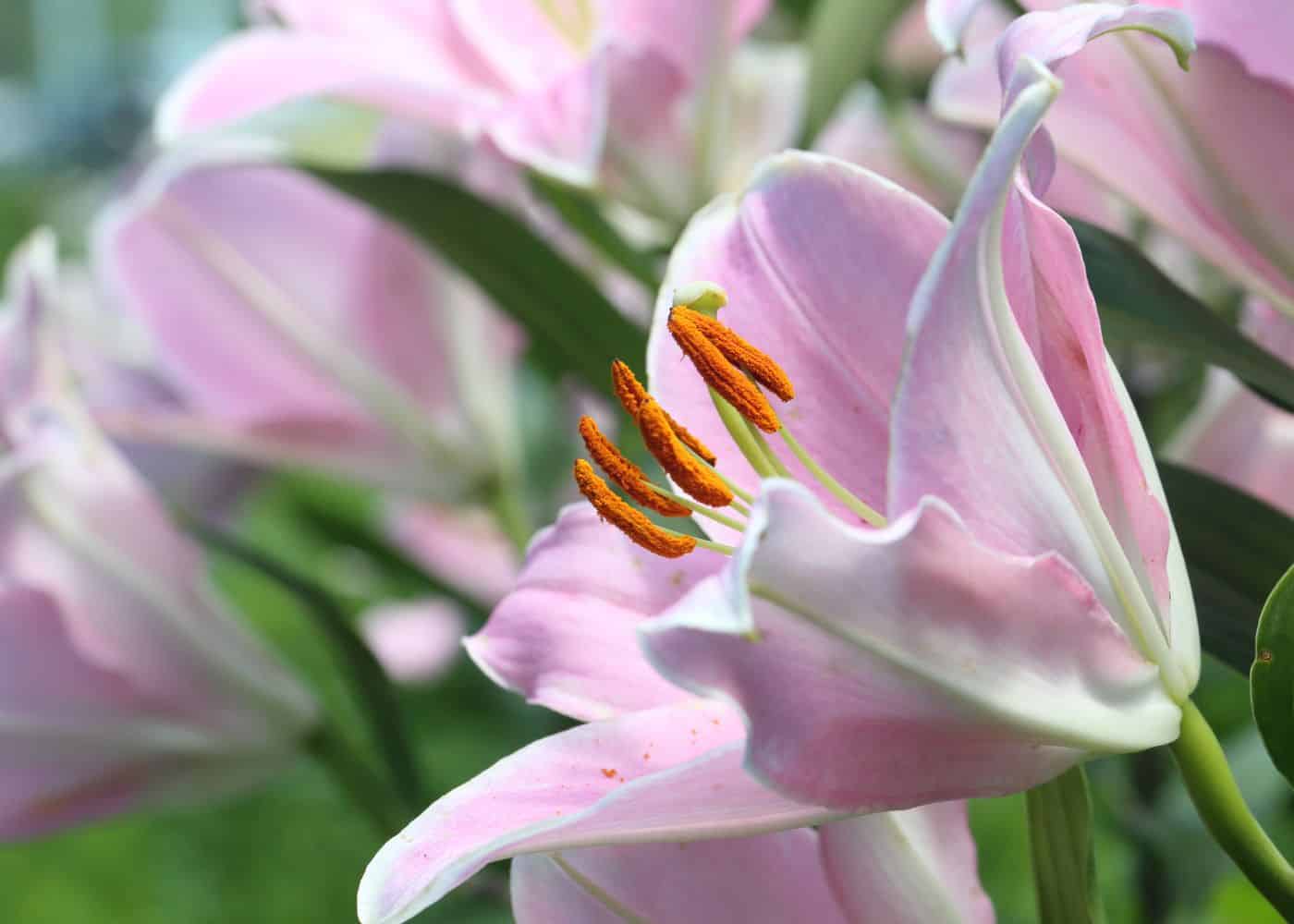
More plant care tips for lilies
Lilies are one of the most beautiful and fragrant flowers that can be found in a garden. With their bright colors, lush foliage, and sweet scent, they add beauty to any outdoor space. But to keep them looking their best requires some maintenance.
Weeding is essential for lily plants as it prevents weeds from competing with them for nutrients and water. Mulching around the base of the plant helps retain moisture while also suppressing weed growth. It’s important to use an organic mulch such as wood chips or bark because chemical-based mulches can damage the roots of your lilies.
Deadheading spent blooms will help promote new growth and ensure that your lilies continue flowering throughout the season. To deadhead, cut off faded flowers at their base using sharp scissors or pruners; this will encourage more buds to form on each stem instead of just one flower per stem.
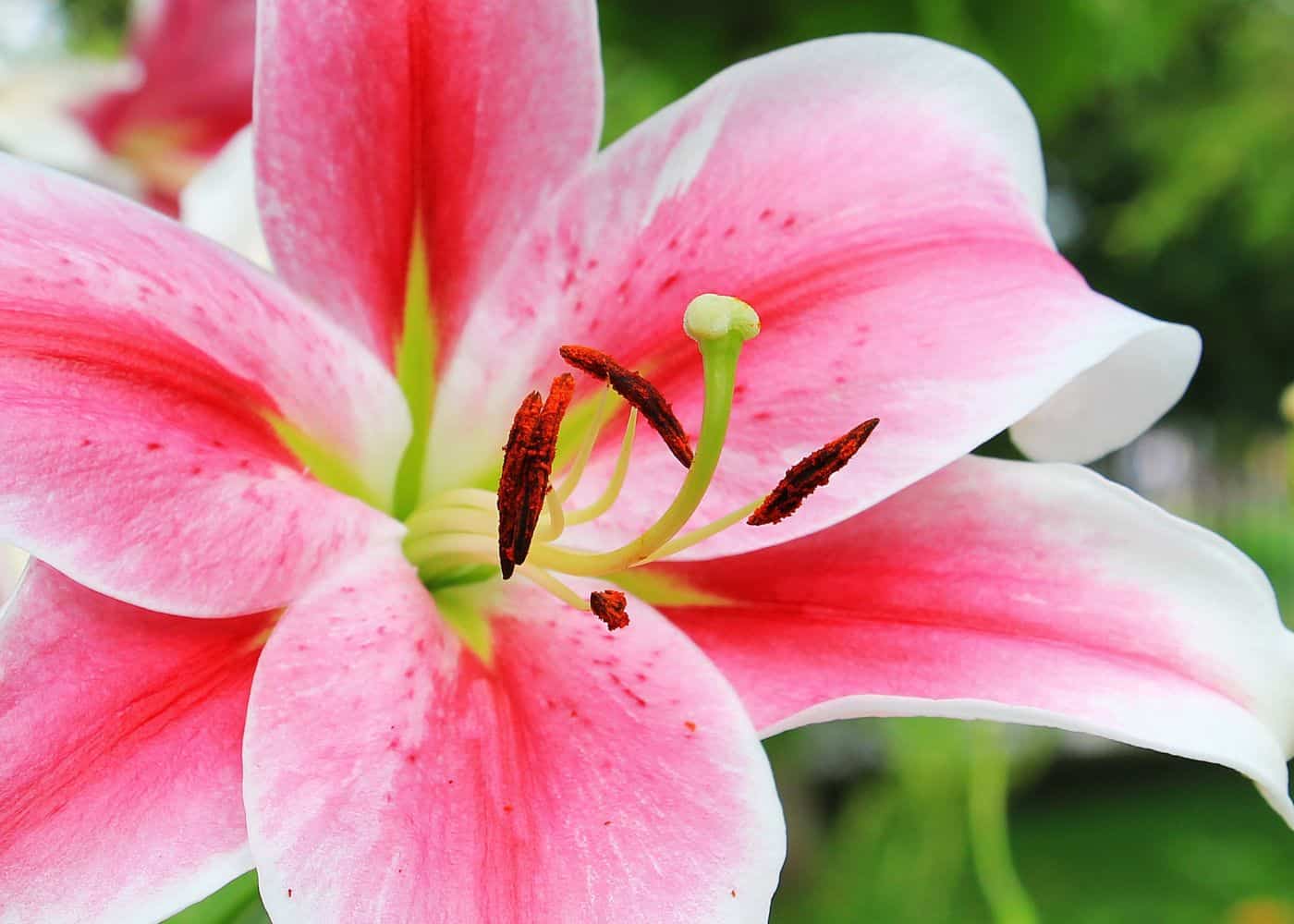
Watering is another important factor when it comes to maintaining healthy lily plants – too much water can cause root rot while not enough water can lead to wilting leaves and stunted growth so make sure you give your plants enough but not too much. You should also fertilize regularly during springtime with a balanced fertilizer to provide all necessary nutrients for optimal health and bloom production throughout the summer months.
Finally, watch out for pests such as aphids which may feed on young shoots or leaves, causing discoloration; if you spot any pests, take action immediately by spraying them with insecticidal soap or neem oil solution before they spread further into your garden. And don’t forget about diseases like botrytis blight which causes brown spots on petals – remove affected parts promptly before it spreads even further.
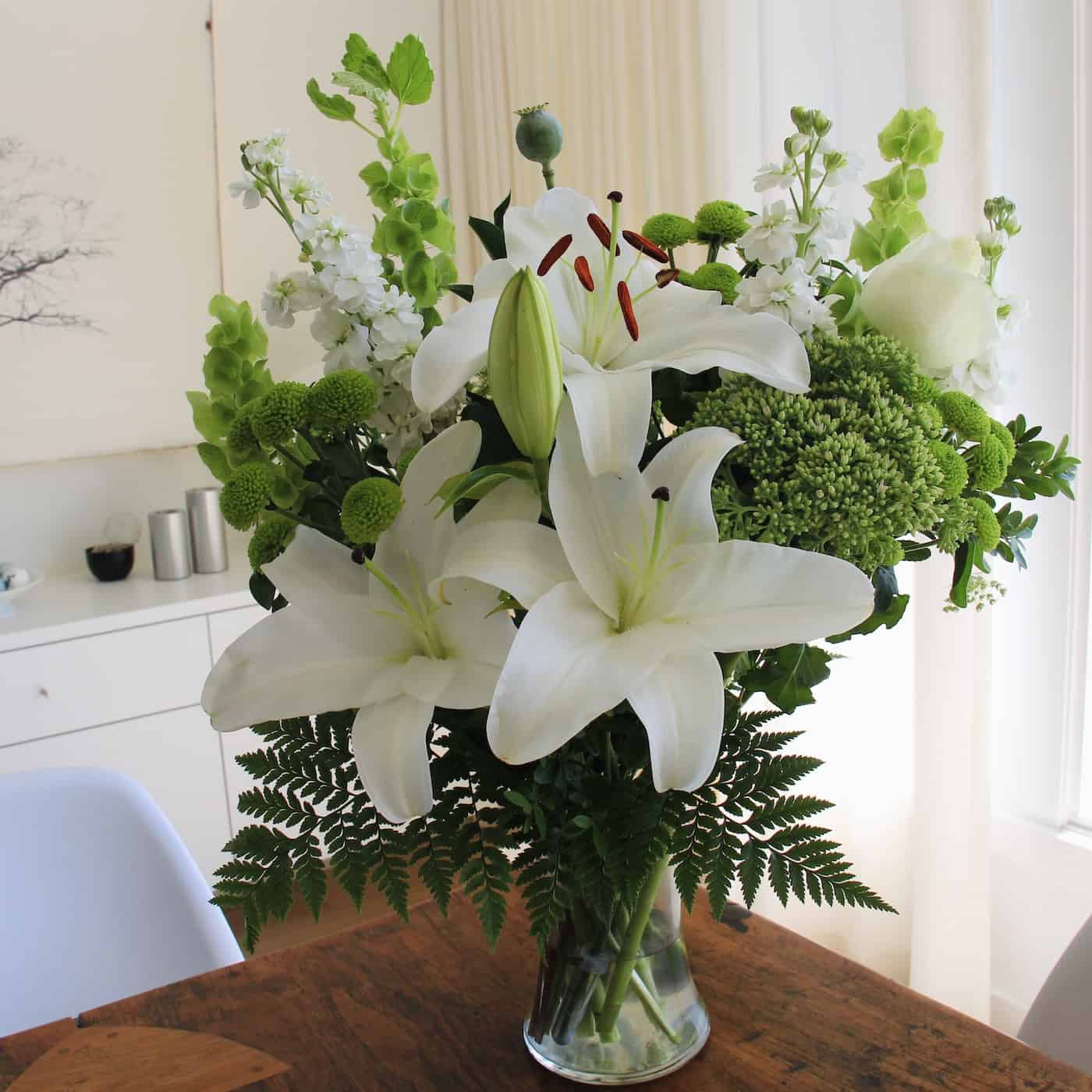
FAQs about how to grow lilies
Do lilies come back every year?
Yes, lilies are perennials which means they come back every year. They typically bloom in late spring or early summer and may re-bloom later in the season if given proper care. Lilies require well-drained soil and plenty of sun to thrive. In colder climates, they should be mulched heavily during winter months to protect them from frost damage. With proper maintenance, you can enjoy their beautiful blooms for many years to come.
Are lilies easy to grow?
Yes, lilies are easy to grow. They require minimal care and can thrive in a variety of climates. Lilies prefer full sun or partial shade, moist but well-drained soil, and regular watering. With the right conditions, they will bloom for weeks at a time with very little effort from you. When planting lilies, make sure to give them plenty of space so their roots have room to spread out and take hold in the soil. Fertilizing once or twice during the growing season is also recommended for best results.
Do lilies grow better in pots or ground?
Lilies can be grown in both pots and the ground. When growing lilies in a pot, make sure to use a container with good drainage and fill it with quality soil. Ensure that the pot is large enough for the roots of your lily to spread out. If planting in the ground, choose an area that gets plenty of sunlight and dig a hole twice as wide as the root ball of your lily plant. Add some compost or fertilizer to give your lily an extra boost when planting. Both methods will provide adequate nutrition for healthy growth; however, potted plants may require more frequent watering than those planted directly into the ground.
Where is the best place to plant a lily?
Lilies are best planted in a sunny spot with well-draining soil. The soil should be rich and moist, but not soggy. When planting lilies, dig a hole that is twice as wide and deep as the root ball of the plant. Place the lily in the hole so that its roots are spread out evenly and cover it with soil. Water thoroughly after planting to ensure proper growth and development of your lily’s blooms. Finally, mulch around your newly planted lily to help retain moisture in the soil during dry periods or hot weather.
Before you go…
Growing lilies is a great way to bring beauty and color into your garden. But it takes time, knowledge, and dedication in order to do so successfully. That’s why we are calling on all passionate gardeners out there who want to help others learn how to grow these amazing flowers! Join us as we share tips, tricks, and advice for growing lilies that will transform any outdoor space into something special. Let’s make this the best home for the harvest of beautiful blooms!


